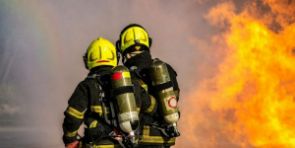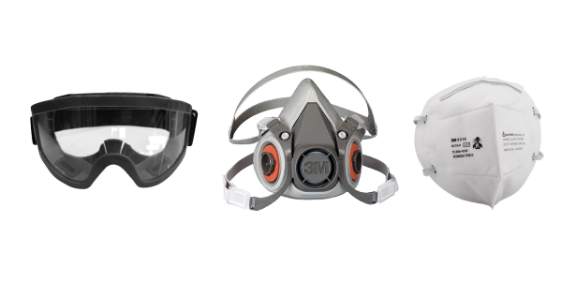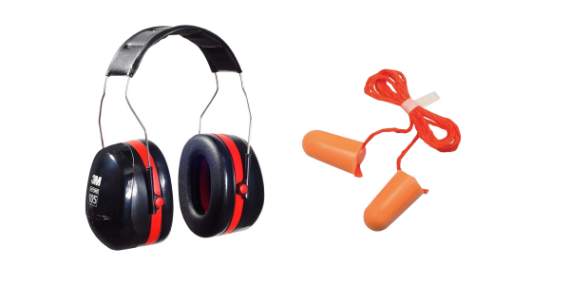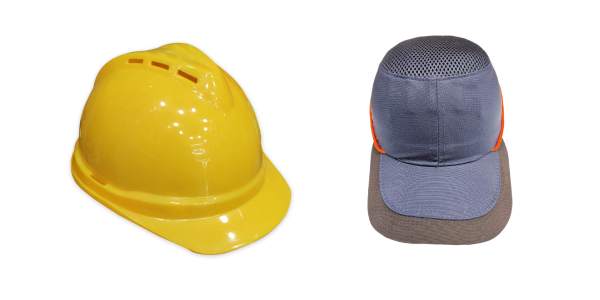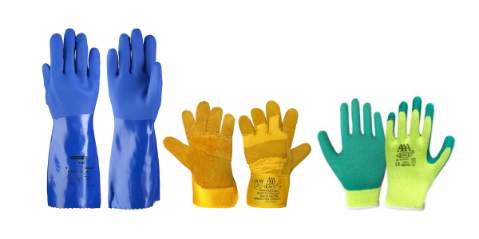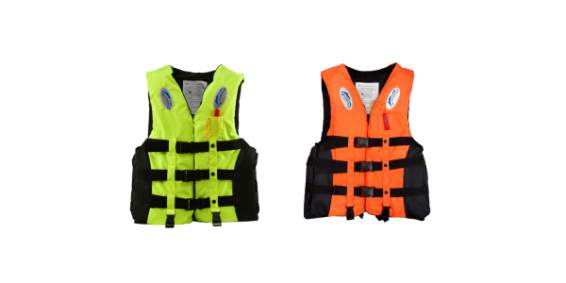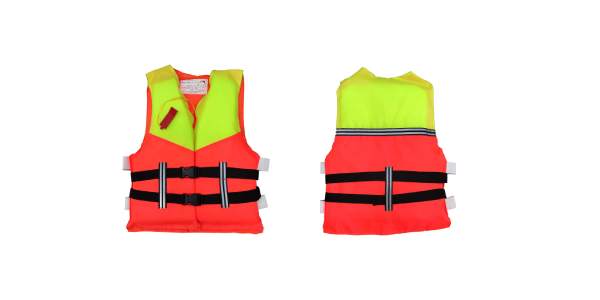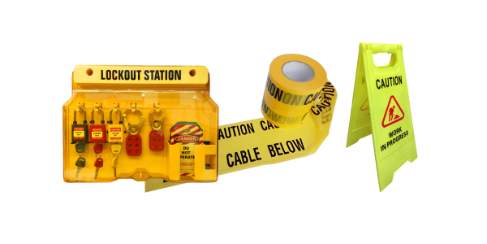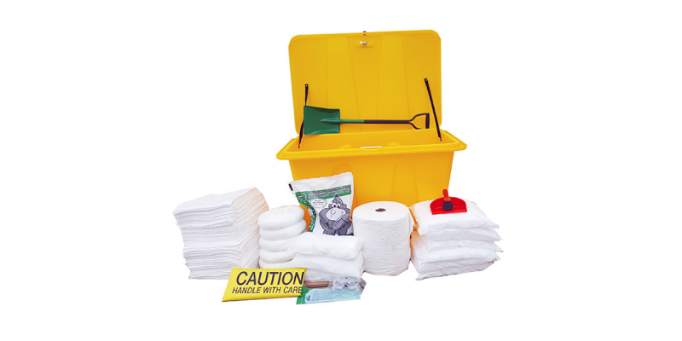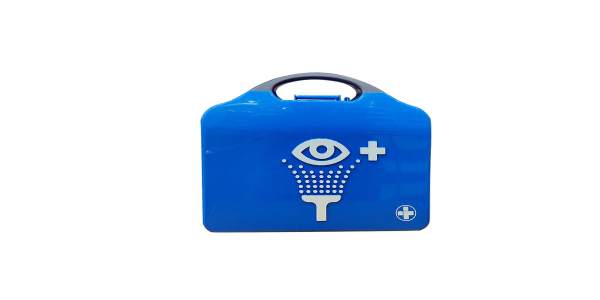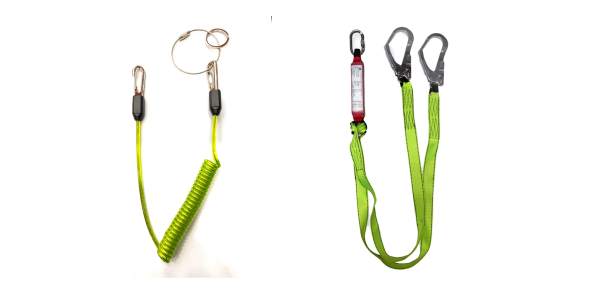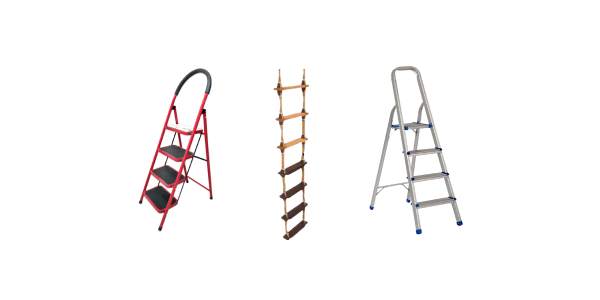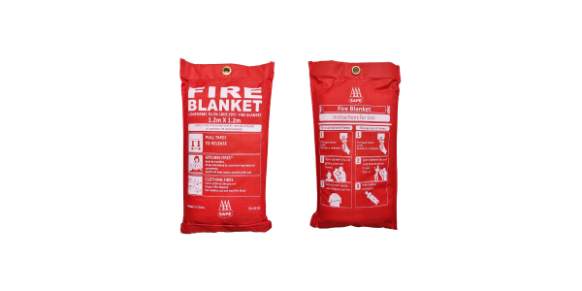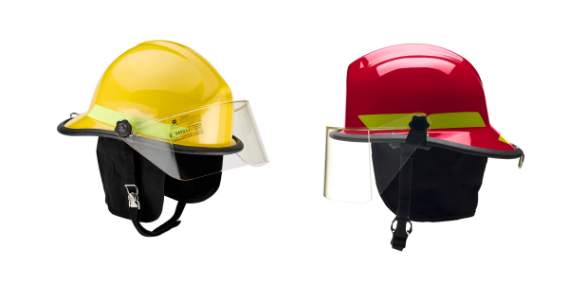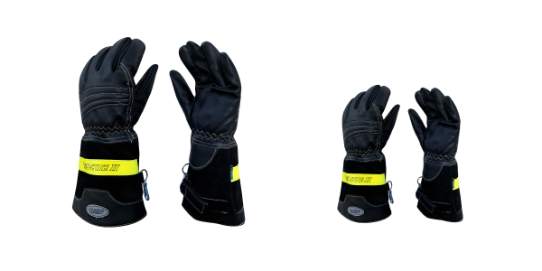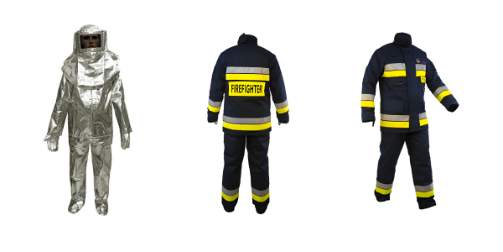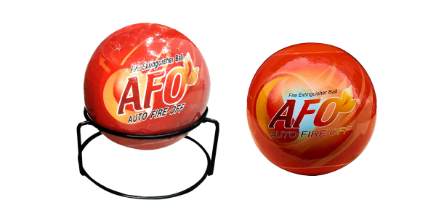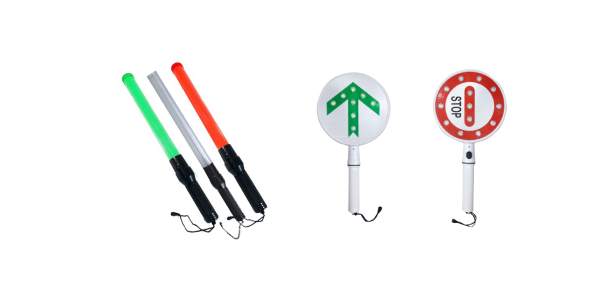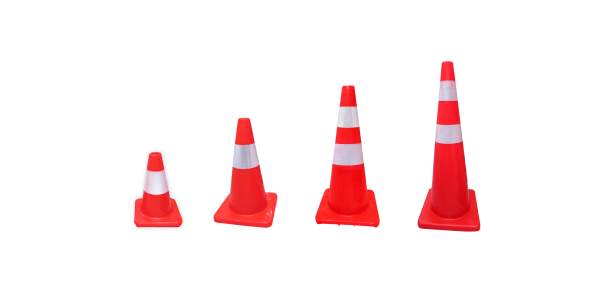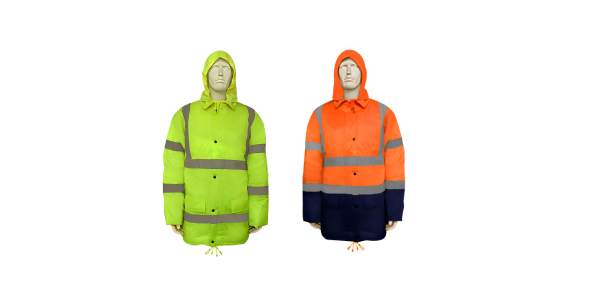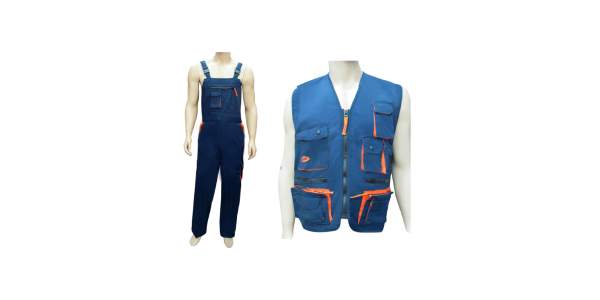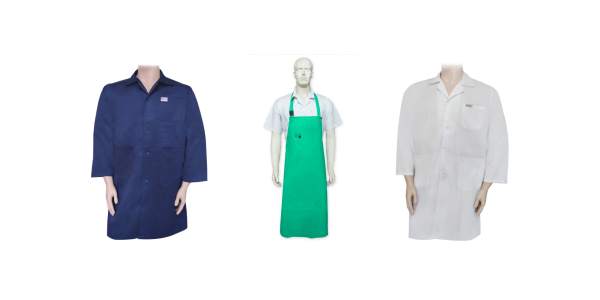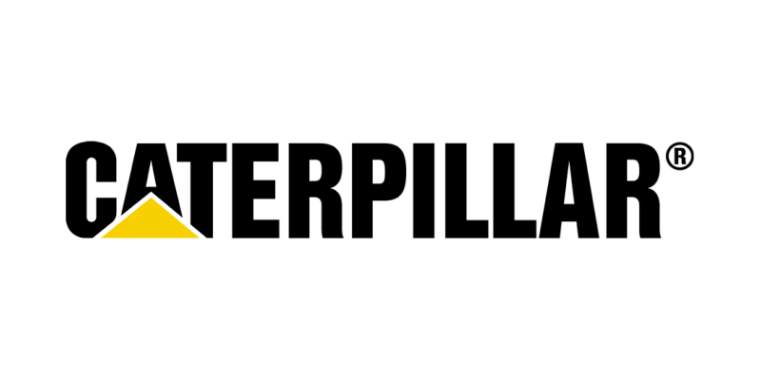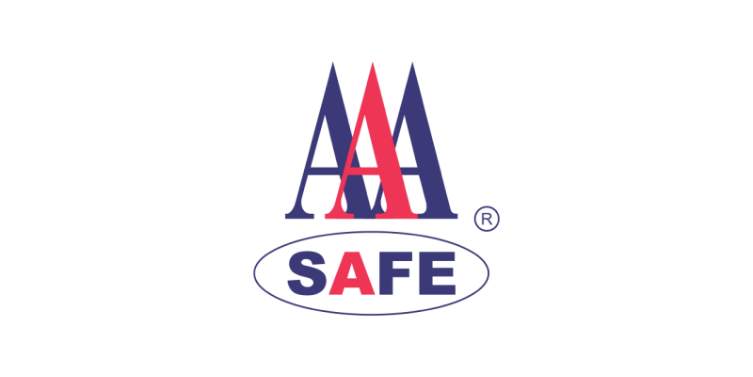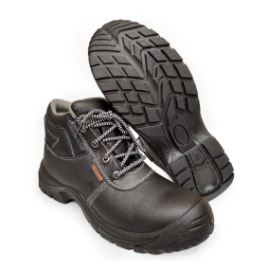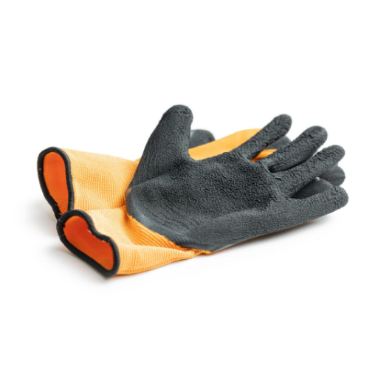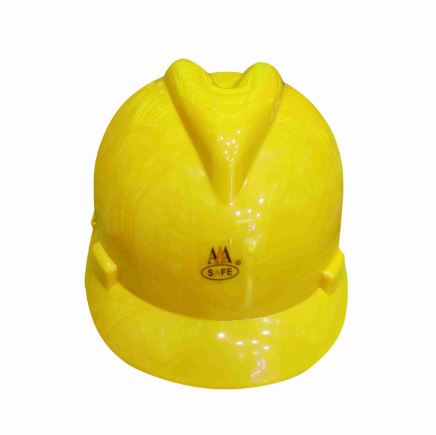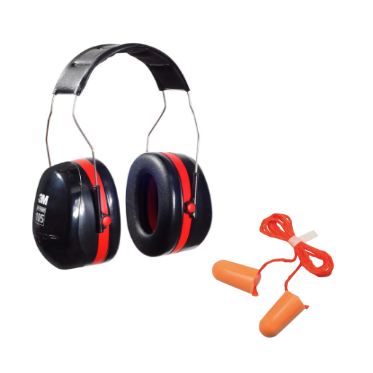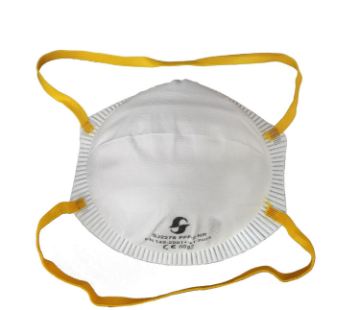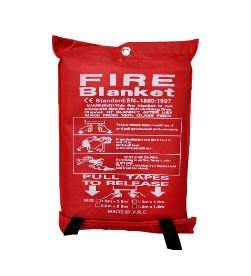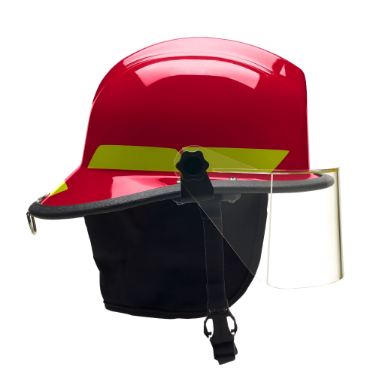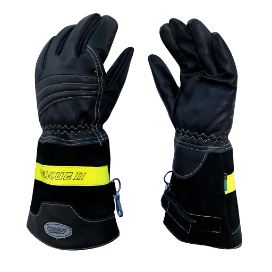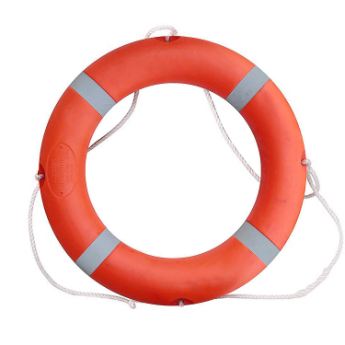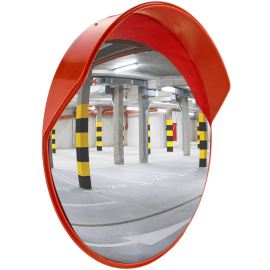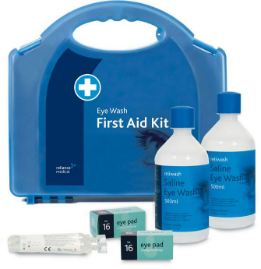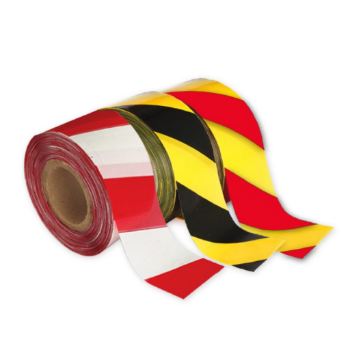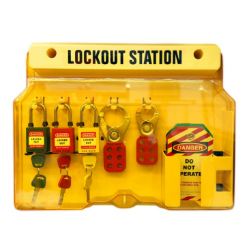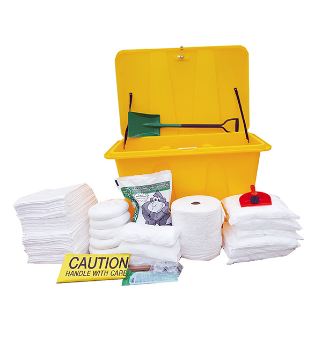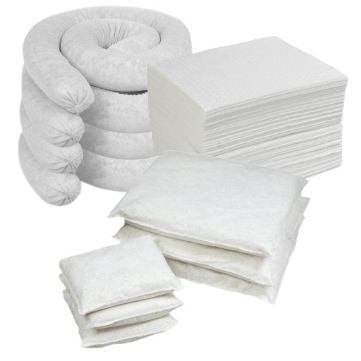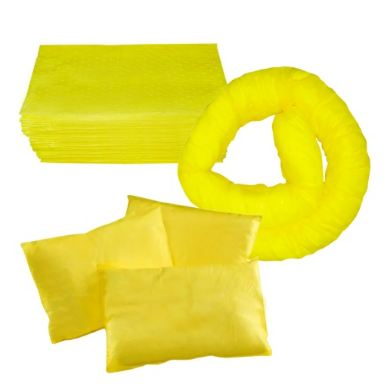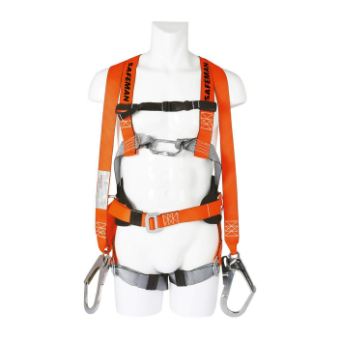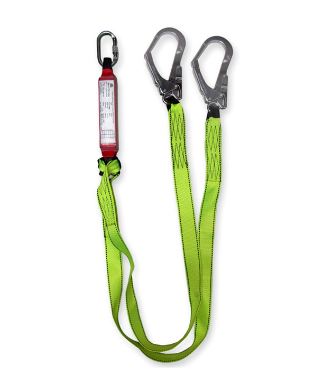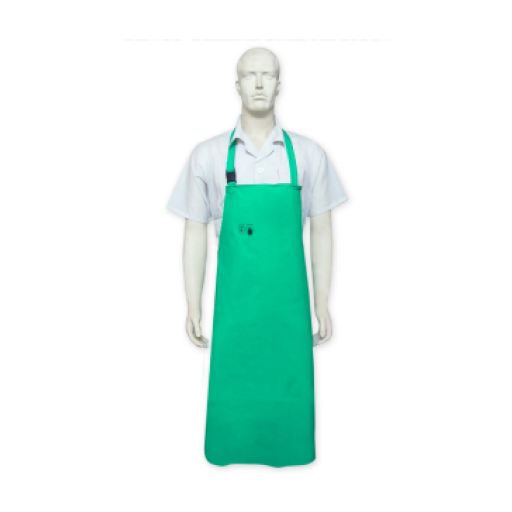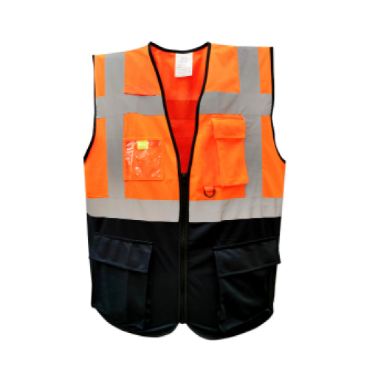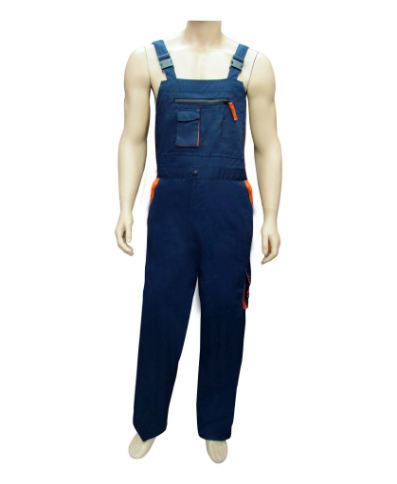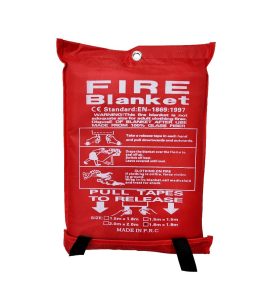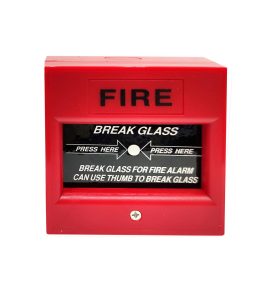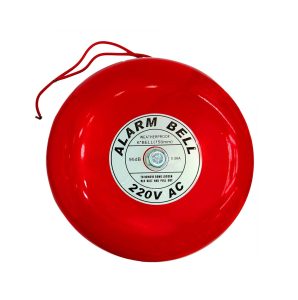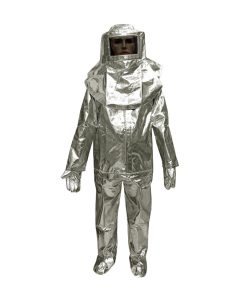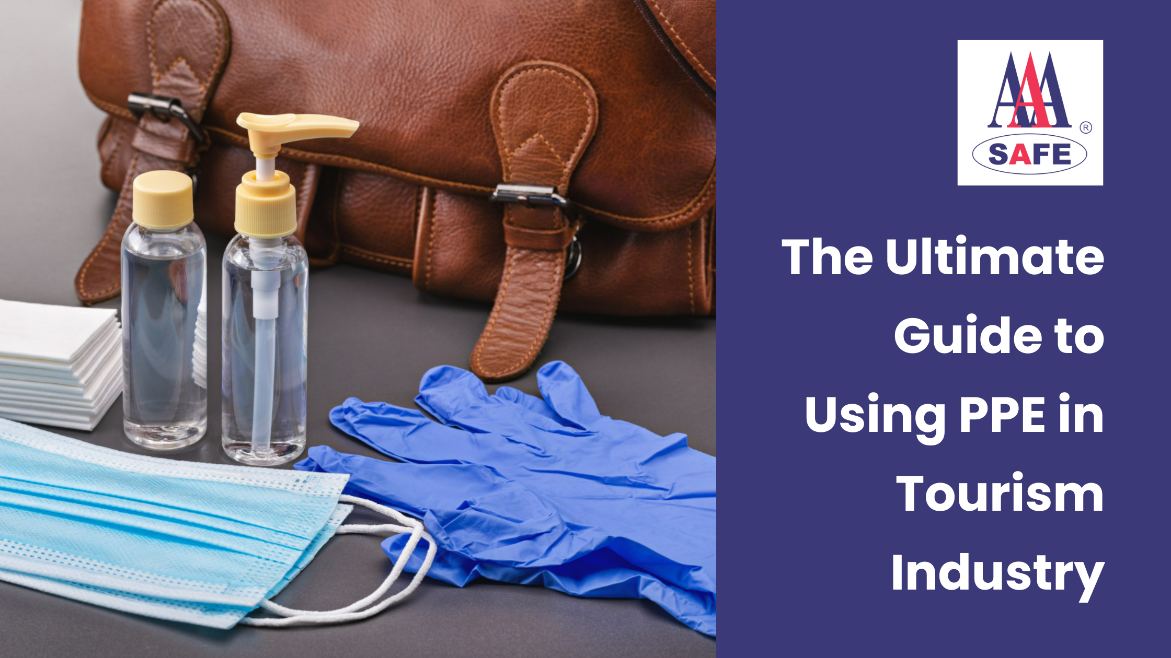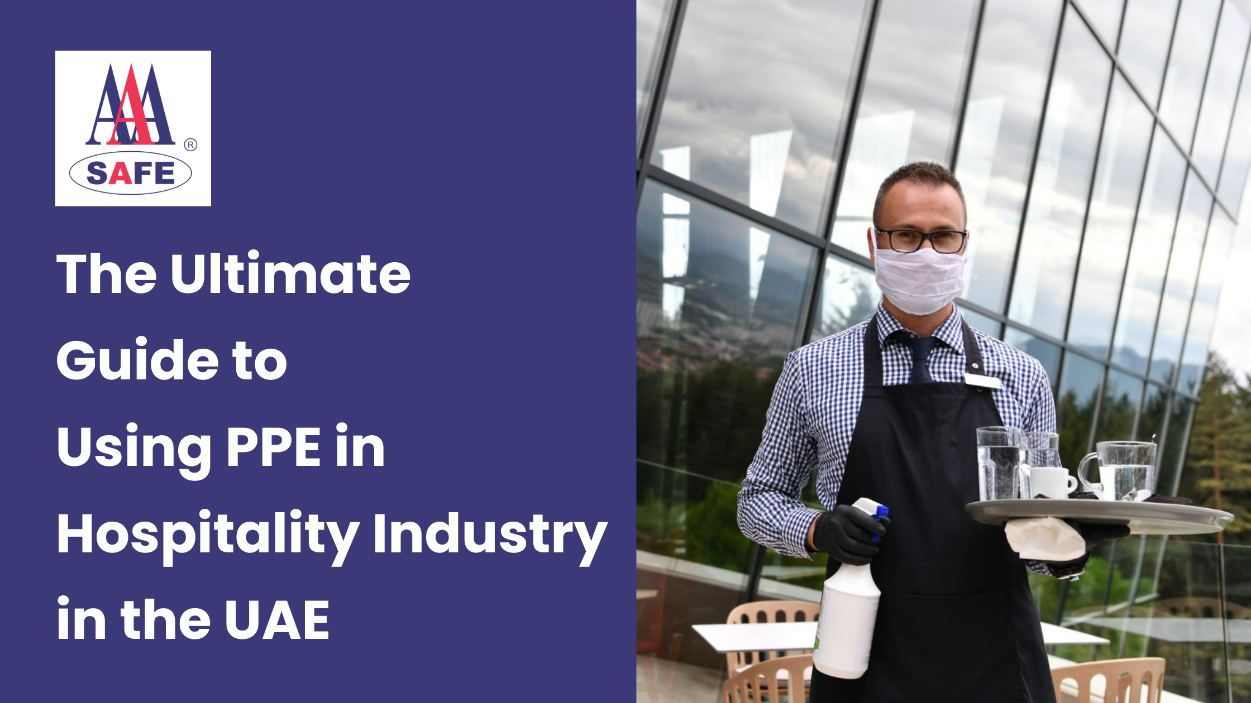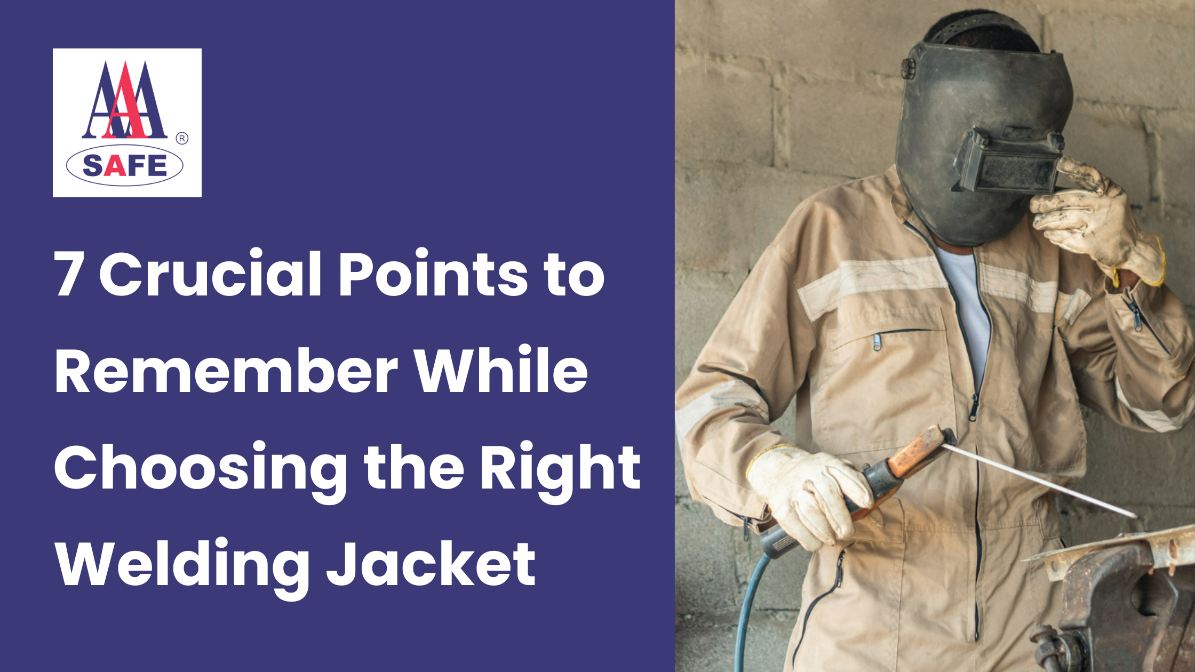Emergencies don’t come with a notice. And if you’re not prepared, these emergencies can cause severe injuries.
Most jobs have all the components that run the risk of a fire hazard. And if your employees don’t have proper training and essentials to put out a fire, the results can be fatal.
One of the most effective prerequisites in fire safety is a fire blanket. In this blog, we will look at the different types of fire blankets, how to choose the best one for your specific occupation and the correct ways to use fire blankets effectively.
By the end of this blog, you will have a good understanding of fire blankets and be prepared to handle fire emergencies confidently.
What is a Fire Blanket?
A fire blanket is like a safety hug during a fire crisis. It’s a special kind of fire extinguisher for various emergencies. It’s generally a giant (six-feet long) protective blanket made of strong fabric and flame-retardant materials. Imagine it as a giant protective wrap, about six feet long, made of strong fabric, often cotton. It’s not just for your everyday fires; it tackles cooking mishaps, and electrical flare-ups, and even helps with burns or scalds. In a pinch, you can throw it over someone if they’re stuck in a burning building.
What Does a Fire Blanket do?
Any fire protection plan must include fire blankets. They are designed to be used at work, in public areas, and around the house. When properly applied, they can stop fires from spreading or put out fires rapidly if they do start.
There are a variety of uses for fire blankets.
- Protecting against smoke
- Putting out fires
- It holds back fire and smoke and keeps them from spreading.
- It shields people from burns caused by fire.
Types of Fire Blankets and What They Are Made of
Before we delve into the usage and selection of fire blankets, let’s first understand the different types available:
Class A Fire Blankets
The purpose of class A fire blankets is for common combustibles including cloth, paper, and wood. The woven fibreglass fabric used to make these blankets effectively puts out the fire by stopping the flow of oxygen.
Class B Fire Blankets
For flammable liquid fires like those involving gasoline and oil, class B fire blankets are mist suitable. Usually, they are constructed from heat-resistant materials and given certain additional treatments to improve their ability to control fires.
Class C Fire Blankets
Electrical fires require the exclusive use of class C fire blankets. Because they are non-conductive, these blankets can put out electrical fires by smothering the flames and shutting off the electrical current.
Class D Fire Blankets
For fires involving flammable metals like titanium or magnesium, class D fire blankets must be used. The materials used to make these blankets are strong enough to endure high temperatures and stop metal fires from spreading.
Class K Fire Blankets
The class K fire blanket is made especially for kitchen fires that involve fats and oils for cooking. They are constructed from unique materials that are resistant to the great heat produced by these kinds of fires.
Selecting the Right Fire Blanket
As we have mentioned before – there are different fire blankets for different situations. However, there are other factors that you must consider when choosing a fire blanket:
Size and Coverage
These blankets are available in different sizes ranging from small ones to large blankets to cover a large area or cover a person. Based on your environment and potential fire hazards, you can pick the right size for these blankets.
High-quality material
Fire emergencies can be deadly. So make sure your protective gear is made from the highest quality to do the job well when the need arises. Although fire blankets come in different materials, make sure you only pick the highest-quality blanket. Remember, saving lives is more important than saving money.
Compliance with Safety Standards
Check if the fire blanket you are purchasing complies with relevant safety standards and certifications. Look for labels or indications of compliance with recognized safety regulations to ensure the blanket’s reliability.
Steps to Use a Fire Blanket
- Fire Confirmation: Before using a fire blanket, confirm that the fire is Class F. This ensures the right approach to extinguishing the flame.
- Team Awareness: Ensure all team members know how to use a fire blanket correctly to prevent harm and reduce risks effectively.
- Heat Source: If safe, turn off the heat source before proceeding with the fire blanket.
- Safety Measures: When holding the fire blanket, make sure to cover your hands or any exposed area of your body with the blanket properly.
- Gentle Placement: Lay the blanket gently over the fire, avoiding throwing it onto the flame. Start from the nearest edge to prevent fire from running up the far side.
- Heat Source Check: If not done earlier, turn off the heat source now.
- Waiting Period: Leave the blanket on the heat source for 15–30 minutes to ensure complete suffocation of the flame.
- Calling for Help: After using the fire blanket, exit the building, and call the fire brigade. Even if the fire seems controlled, a professional assessment is crucial to prevent re-ignition.
- Emergency Escape: If feeling at risk during any step, remove yourself from the affected area using the nearest exit and call emergency services.
Using a Fire Blanket on a Person: Immediate Steps for Clothing Fires
- Quick Action: Fire blankets are effective against clothing fires. Wrap the blanket around the person promptly.
- Hand Protection: Roll the material over your hands before approaching the flame.
- Blanket Application: Roll the blanket around the person until the fire is covered.
- Calm Instructions: Instruct the person to STOP, DROP, & ROLL. They should drop to the floor and roll around until the fire is extinguished.
- Emergency Services: Call emergency services or seek medical attention immediately after containing the fire.
The final word
Fire emergencies are dangerous and can be fatal if you don’t have the right protective gear in place. Fire blankets are the most convenient, effective and quick way to put out small fires. However, if the fire is too large and can’t be put out with a blanket, don’t even try. Just call for help without any delay.








